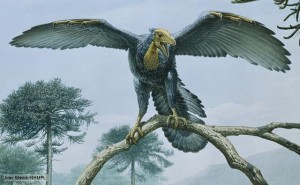‘Story-telling’ is often quoted as a way of communicating scientific ideas to non-scientific audiences. It’s seen as a way of providing a form of narrative with which an audience can relate to, and thus provide a more engaging account of a scientific report. Admittedly, not everything can be transformed into a story of sorts, but there are many aspects of science, be it theoretical, model-based, or empirical that can benefit from communication via this format.
With regards to this format of communication, it seems (in my little experience) that there are a suite of phrases that are often used somewhat interchangeably, but which have different meanings and different purposes.
Plot – Storyline, or plan of a scientific report.
Theme – The pervading subject throughout a report.
Story – An account of an event or series of events, or something that can be instructional in a broader sense.
Narrative – The telling of the story, and the manner in which it is told.
Context – The discourse that frames the report, within which it can be fully understood in relative terms.


